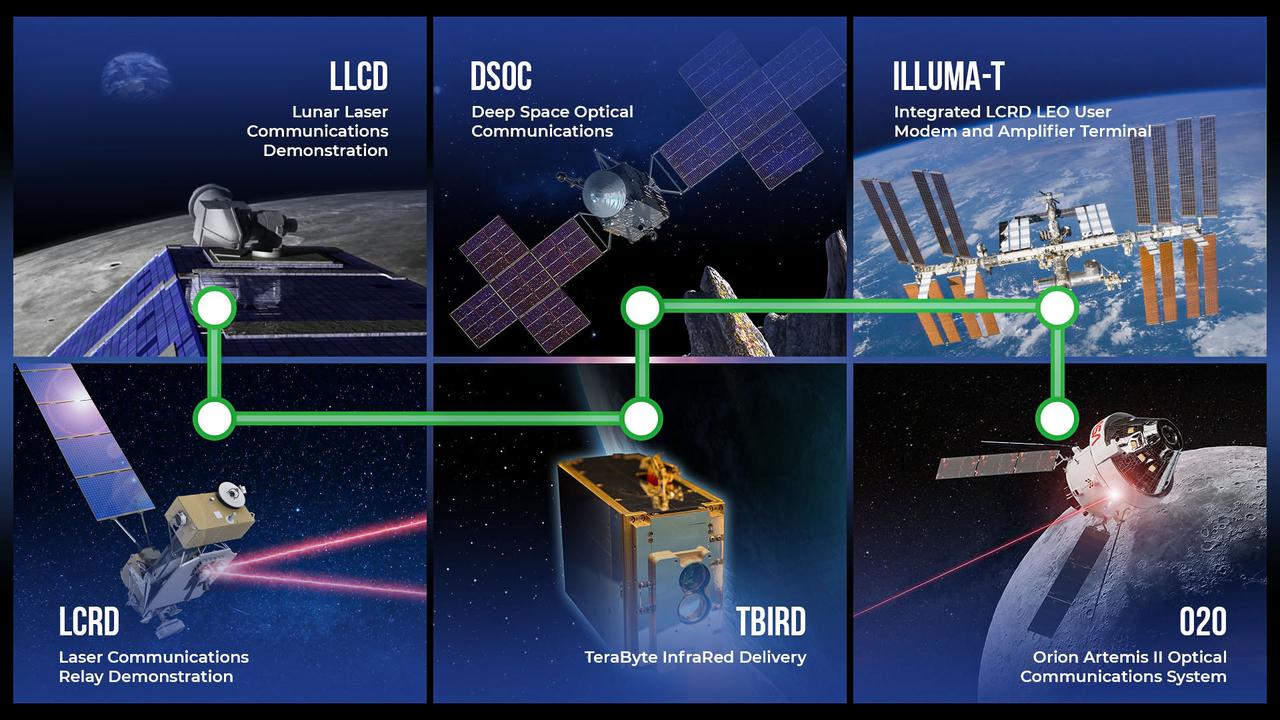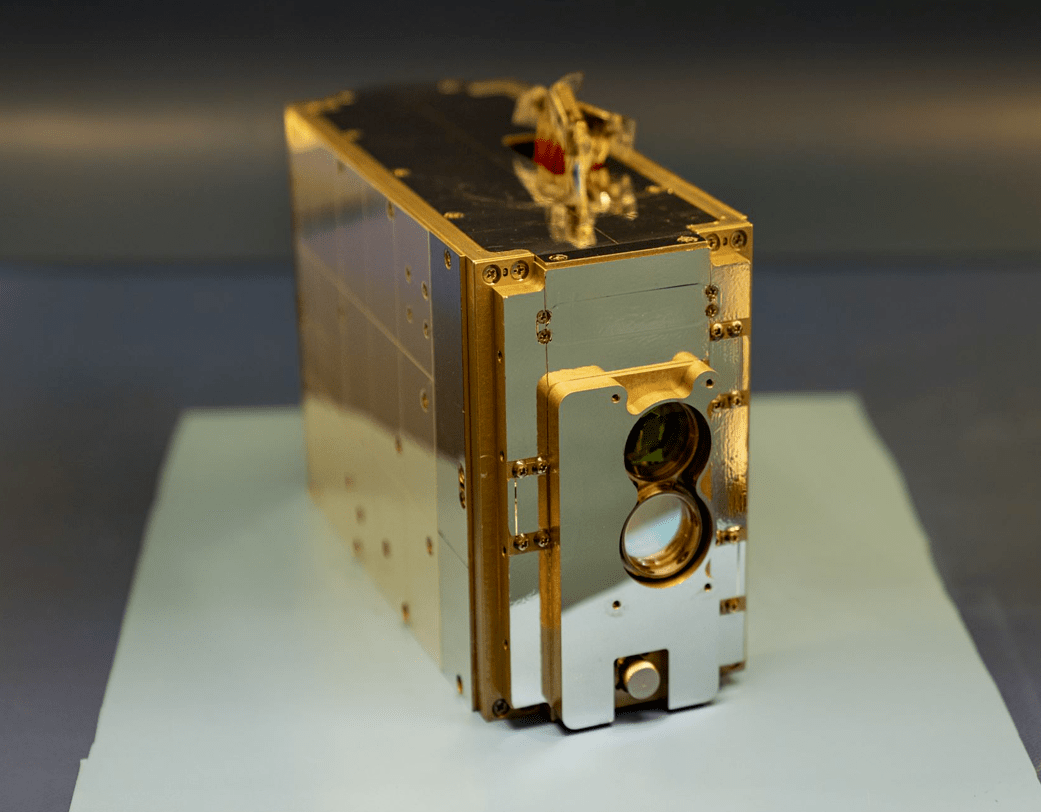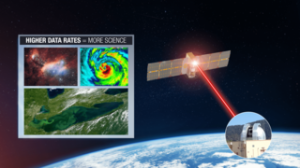NASA’s Record-Breaking Laser Demo Completes Mission
NASA’s TBIRD (TeraByte InfraRed Delivery) demonstration and its host spacecraft — the PTD-3 (Pathfinder Technology Demonstrator-3) — have completed their technology demonstration. The TBIRD payload spent the past two years breaking world records for the fastest satellite downlink from space using laser communications. NASA’s PTD series leverages a common commercial spacecraft to provide a robust […]
NASA’s Record-Breaking Laser Demo Completes Mission
NASA’s TBIRD (TeraByte InfraRed Delivery) demonstration and its host spacecraft — the PTD-3 (Pathfinder Technology Demonstrator-3) — have completed their technology demonstration. The TBIRD payload spent the past two years breaking world records for the fastest satellite downlink from space using laser communications.
NASA’s PTD series leverages a common commercial spacecraft to provide a robust platform for effective testing of technologies with minimal redesign in between launches. After launch in May 2022 on the SpaceX Transporter 5 mission, the PTD-3 spacecraft entered low-Earth orbit and shortly after TBIRD began sending laser communications signals to an optical ground station in Table Mountain, California.
TBIRD’s two-year demonstration showcased the viability of laser communications. Most NASA missions rely on radio frequency communication systems, however, laser communications use infrared light and can pack significantly more data in a single communications link. This technology is ideal for science and exploration missions that need large data transmissions.
In 2023, TBIRD continuously broke its own records, reaching its peak in June when it transmitted 4.8 terabytes of error-free data — equivalent to about 2,400 hours of high-definition video — in five minutes at 200 gigabits per second in a single pass.
The TBIRD payload was one of many laser communications demonstrations. NASA’s SCaN (Space Communications and Navigation) program is maturing this technology to demonstrate the impact laser communications can have for bringing more science and exploration data home. The next demonstration will be on the Artemis II mission.
In addition to breaking a world record, this mission demonstrated cost-effective design and extremely low size, weight, and power requirements — both on the PTD-3 spacecraft and within the TBIRD payload. The tissue-box-sized payload contained two commercial telecommunication modems that the TBIRD team modified for the extreme environment of space.
The PTD-3/TBIRD system also overcame one of the major challenges associated with laser communications: making the narrow beam laser link connection while moving at orbital speeds while being buffeted by atmospheric drag. The PTD-3 spacecraft’s precision “body pointing” and stability enabled the TBIRD payload to make its record-breaking achievement while moving as fast as 17,000 mph through space. The spacecraft set a record for the highest accuracy pointing ever achieved by a NASA CubeSat without any moving mechanisms or propulsion systems.
The end of PTD-3 and TBIRD’s mission was expected. The system did not contain a propulsion system, meaning once it was deployed into its low Earth orbit, the mission could only last until its orbit naturally decayed.
While only planned to operate for six months, TBIRD carried out its demonstration for well over two years, enabling NASA to learn more about laser communications operations in low Earth orbit.
The lessons learned during TBIRD will be applied to future implementations of laser communications and minimize downlink constraints for mission designs enabling future exploration and discoveries.
All of the PTD-3/TBIRD accomplishments were made possible by collaborations across NASA centers and beyond. TBIRD was a collaborative effort among NASA’s Goddard Space Flight Center in Greenbelt, Maryland; NASA’s Ames Research Center in California’s Silicon Valley; NASA’s Jet Propulsion Laboratory in Southern California; the Massachusetts Institute of Technology Lincoln Laboratory in Lexington, Massachusetts; and Terran Orbital Corporation in Irvine, California. Funding and oversight for the TBIRD payload came from NASA’s SCaN (Space Communications and Navigation) program office within the Space Operations Mission Directorate at NASA Headquarters. The PTD-3 mission was managed and funded by the Small Spacecraft Technology program within NASA’s Space Technology Mission Directorate.
Share
Details
Related Terms
What's Your Reaction?



















.jpg?#)











































